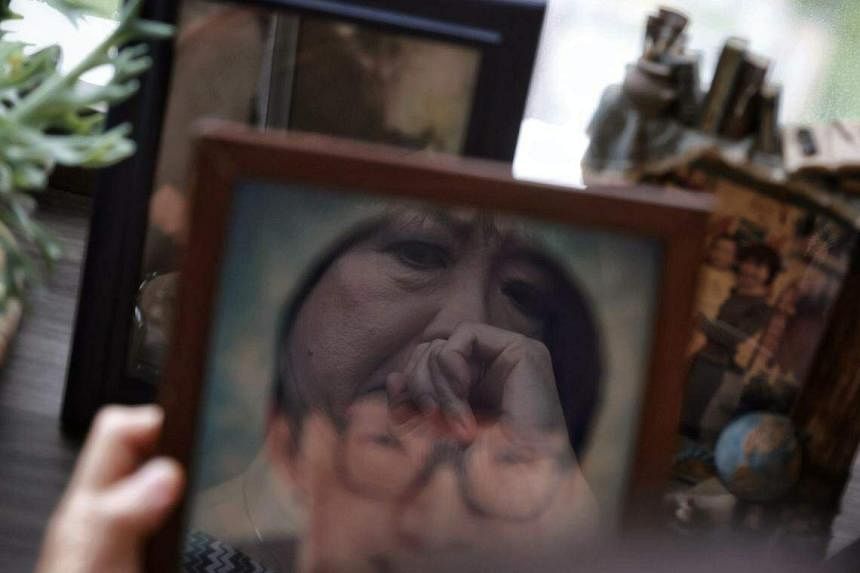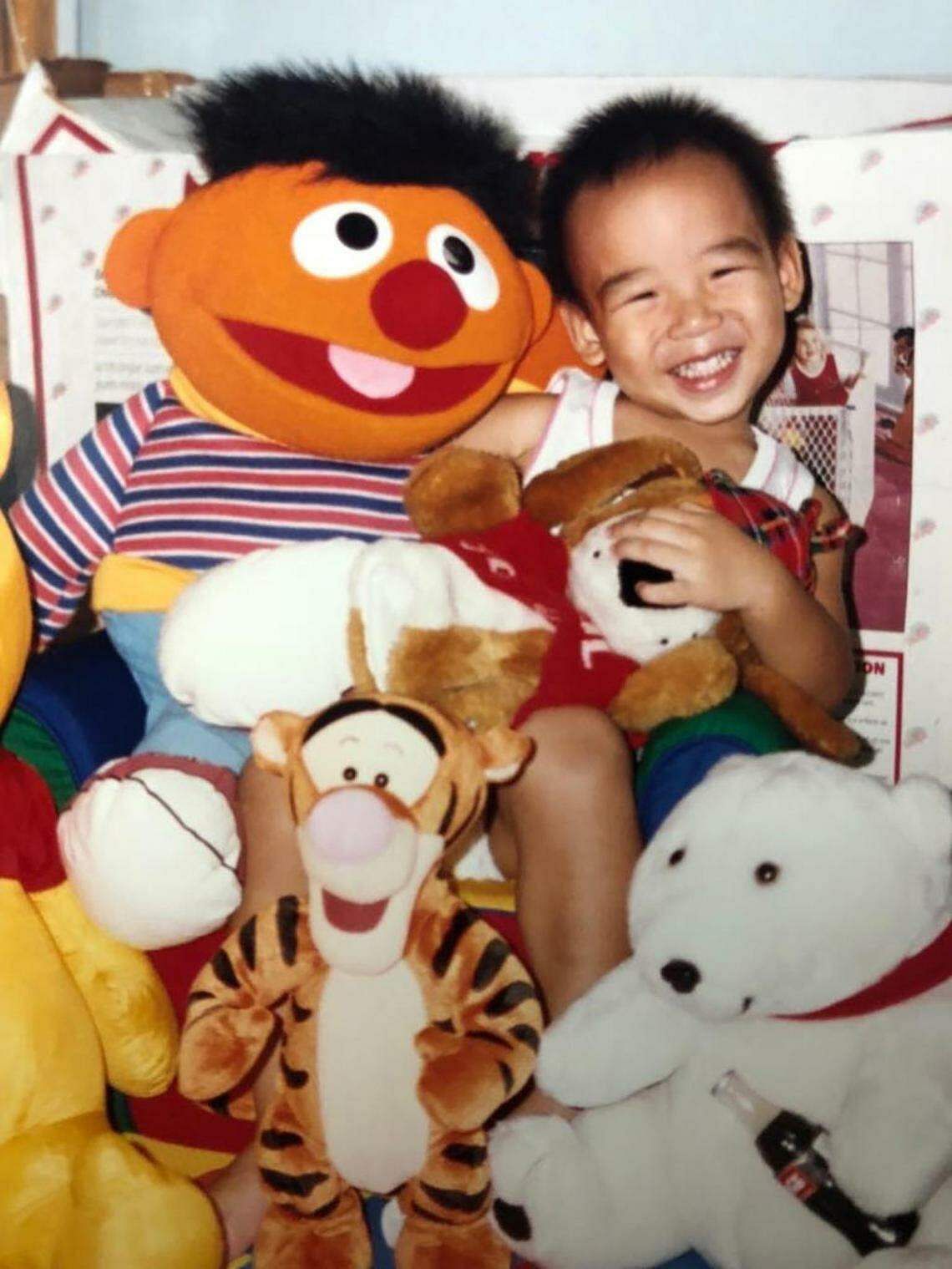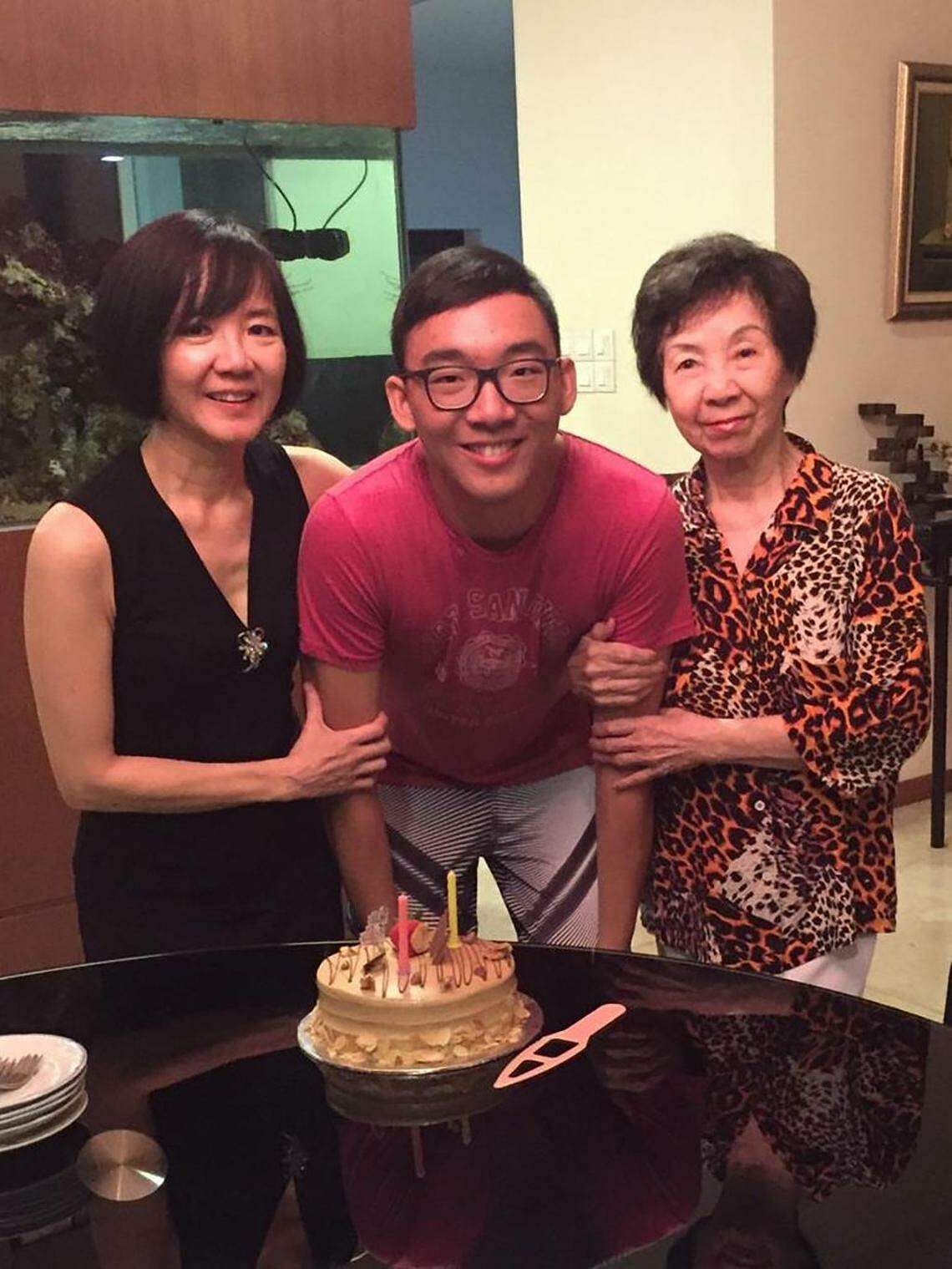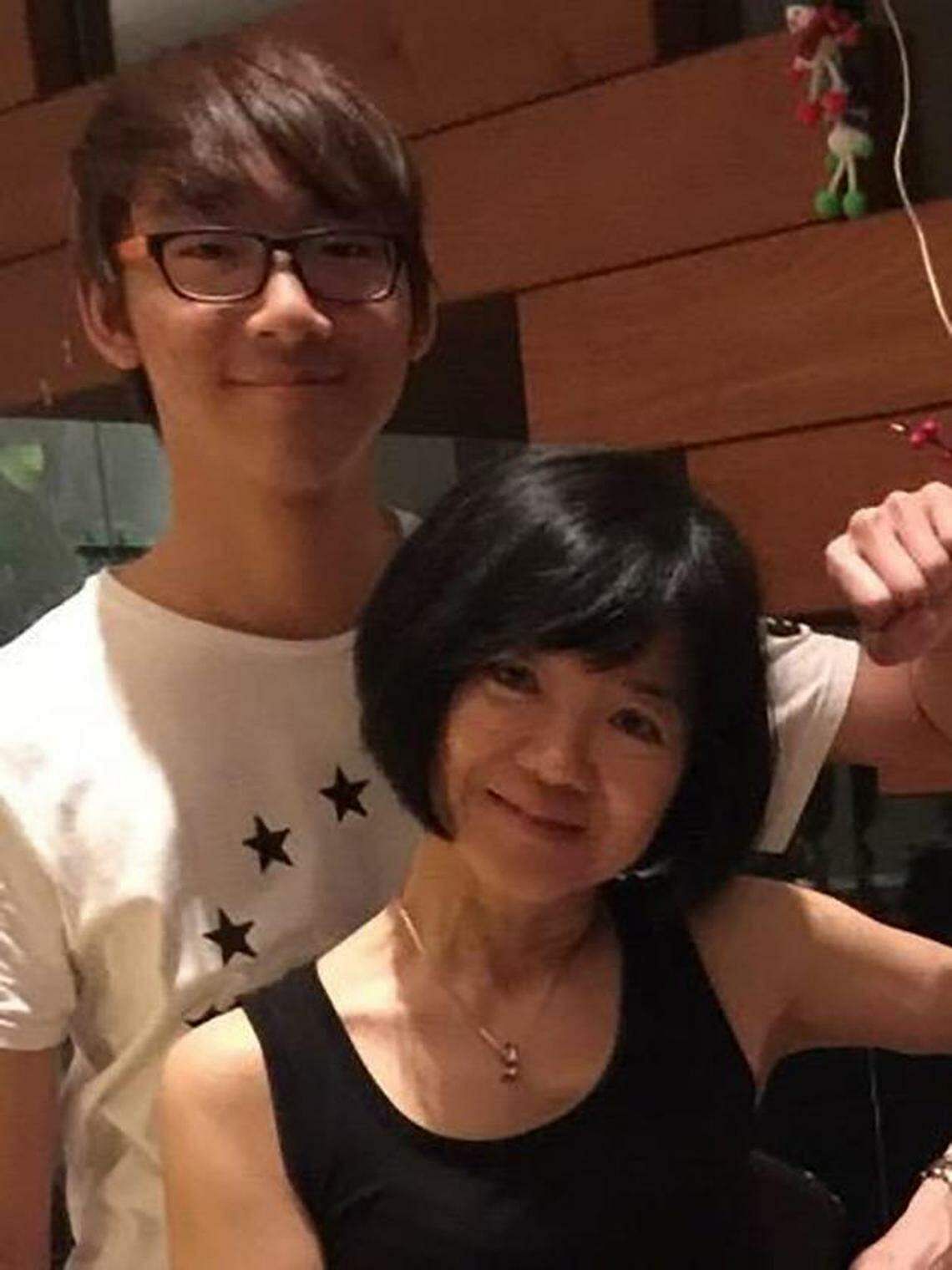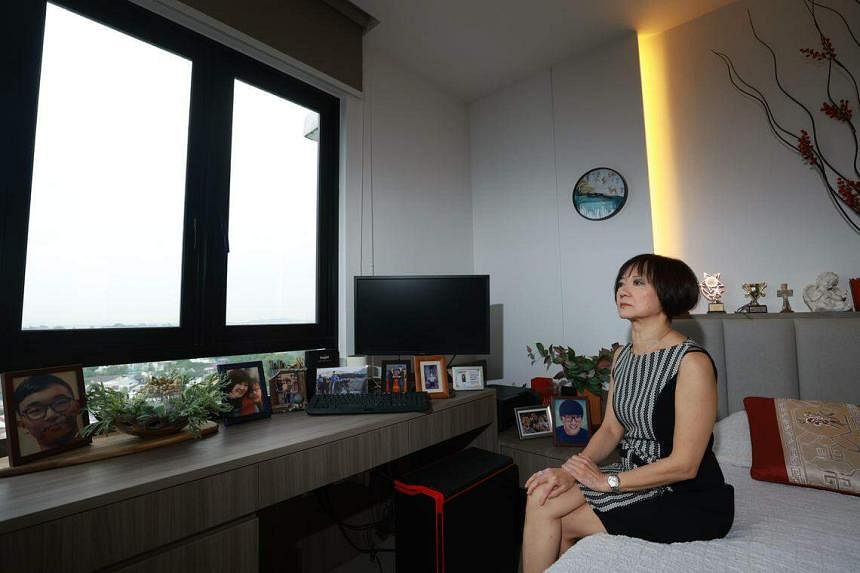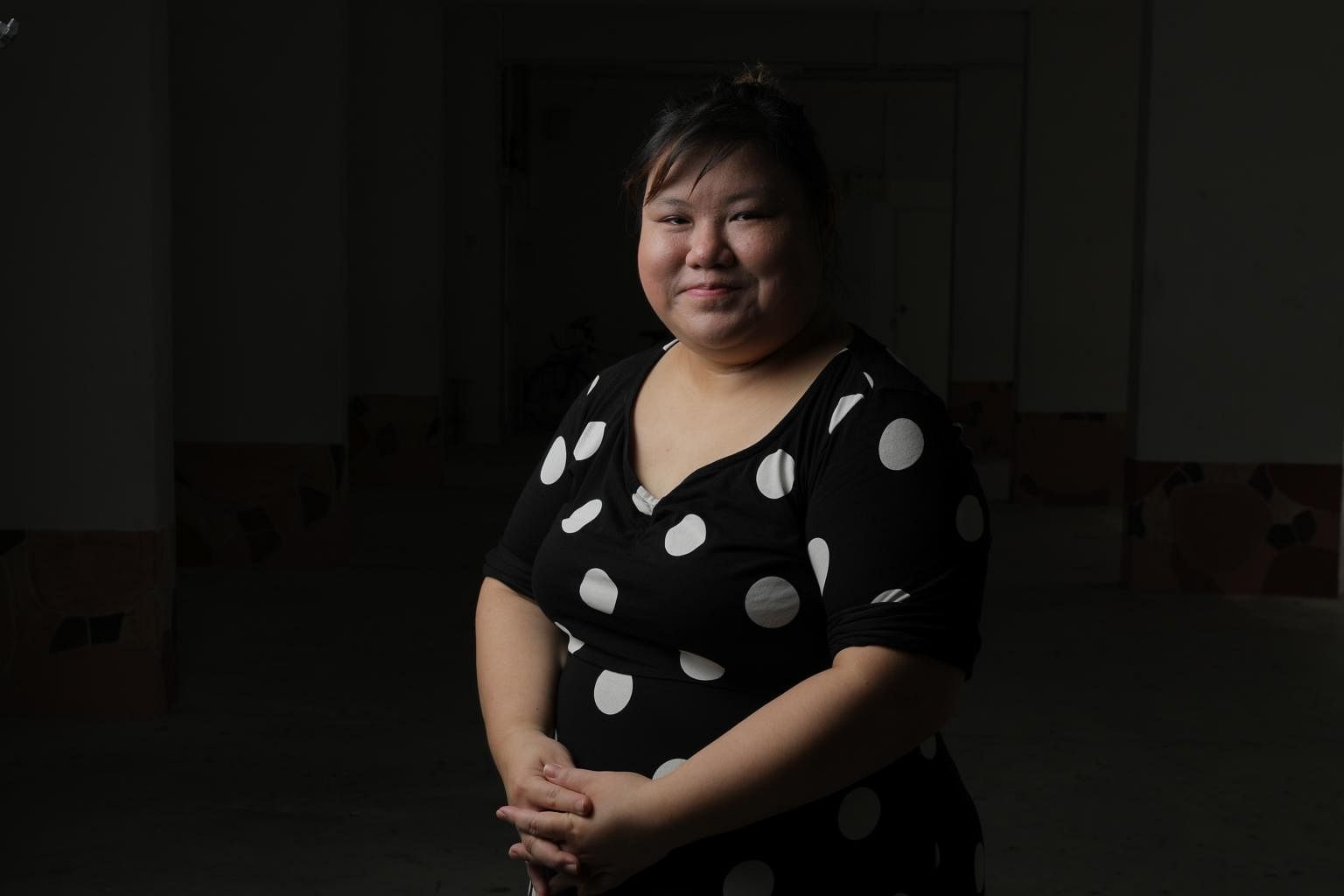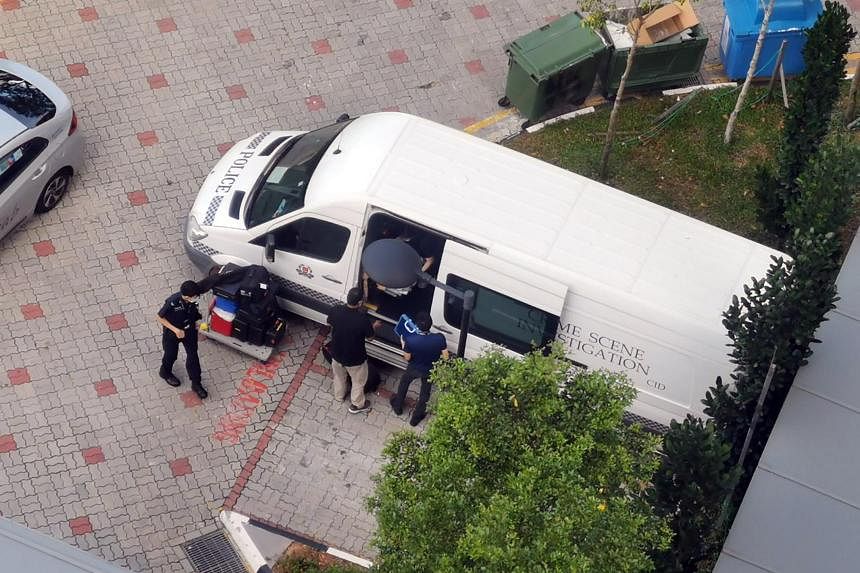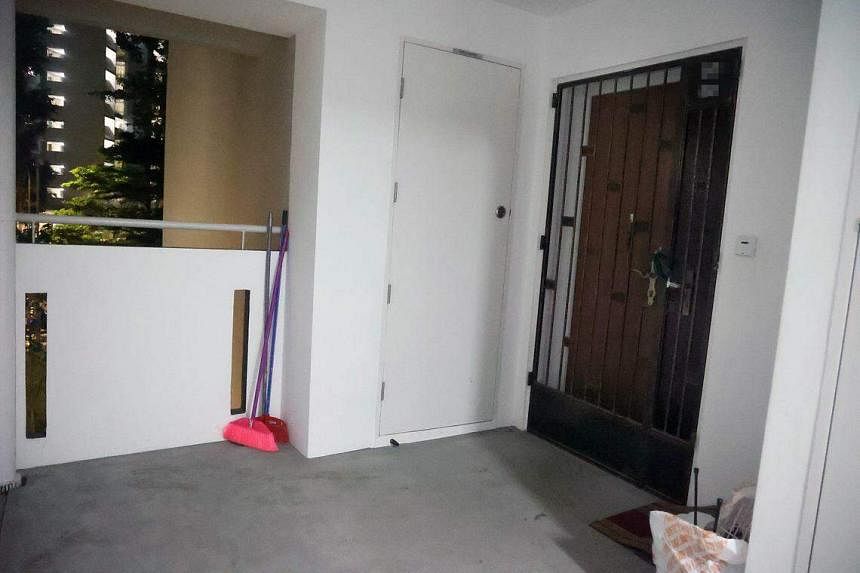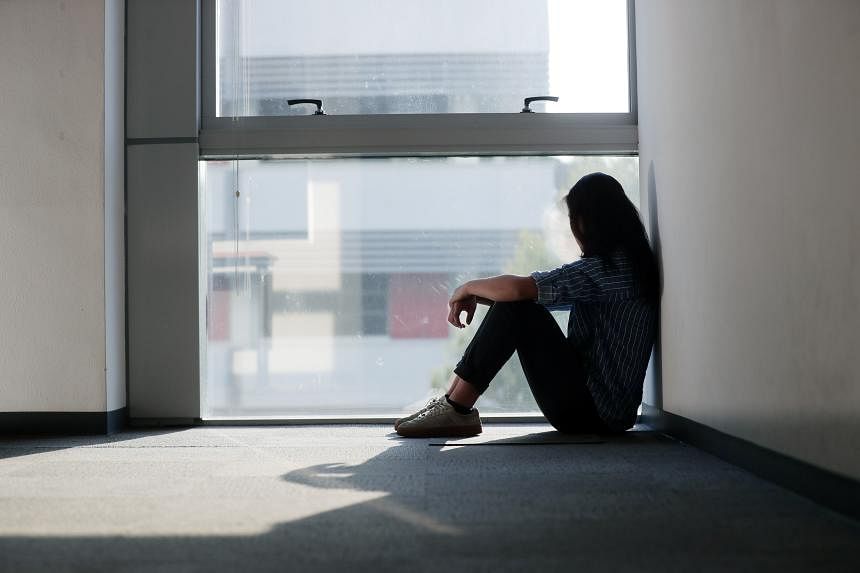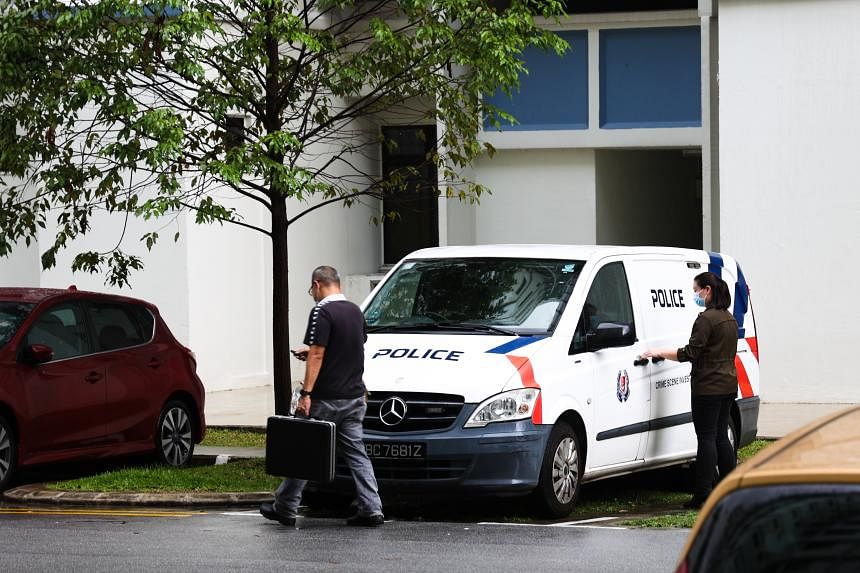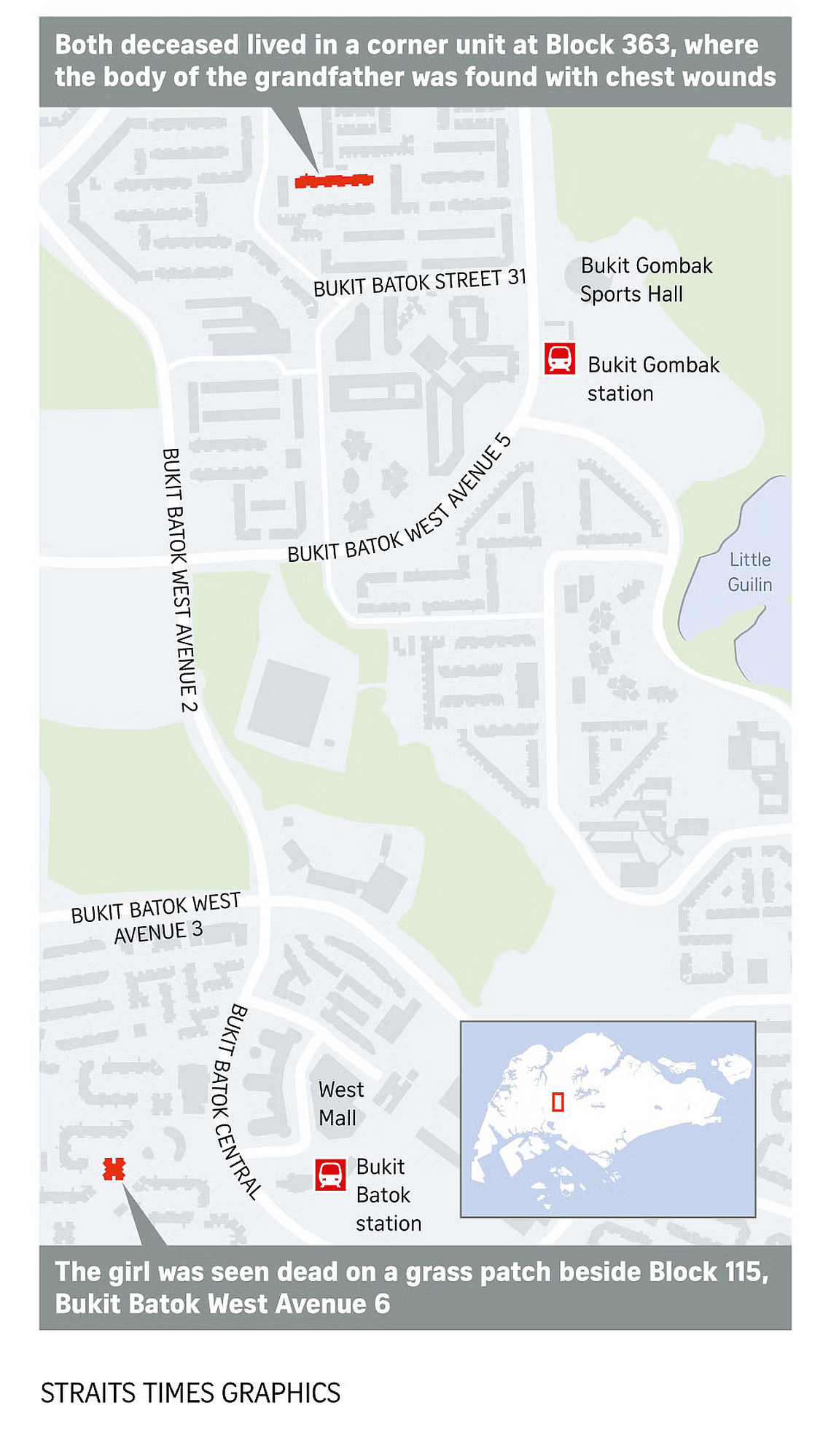Wong Kim Hoh Meets
‘My son didn’t want to end his life – he just wanted to end his pain’
Jenny Teo lost her only son to suicide nearly five years ago. To help others, she started Stigma2Strength (Singapore) to provide education and awareness on suicide, and co-founded PleaseStay.Movement, an advocacy movement by mothers who lost children
Wong Kim Hoh
Deputy Life Editor
Oct 22, 2023
SINGAPORE – He was lying on a red sofa, his body cold, his head covered with a plastic bag tied at the neck.
Five months shy of 21, Josh was already dead when his mother Jenny Teo found him in the ground-floor study of their three-storey home on the morning of June 25, 2018.
Josh, 1.9m tall and an only child, had taken his own life. It was not his first attempt. A few months earlier, he had tried to overdose on tranquillisers.
His suicide took place about two weeks after American handbag designer Kate Spade and American celebrity chef Anthony Bourdain killed themselves on June 5 and 8, respectively.
Whether their deaths influenced her son, Ms Teo does not know. “Apparently he told his friends: ‘Even celebrities do it’,” she recalls.
The former radio and television personality, however, has no doubt that her son – like Bourdain and Spade – was besieged by mental and emotional pain so debilitating that it led him to take his own life.
“He left me suicide notes. He kept saying that he was sorry, it was not my fault, and he just needed to end the pain,” she says.
Pain, the 63-year-old was to find out much later, is inextricably linked to suicidal behaviour.
The late American clinical psychologist and suicidologist Edwin Shneidman once said: “There is a great deal of mental pain and suffering without suicide – million to one – but there is almost no suicide without a great deal of mental pain.”
Former broadcaster Jenny Teo lost her only son to suicide nearly five years ago and it took her a long time to get over her grief. ST PHOTO: KEVIN LIM
Over the course of her three-hour interview with The Sunday Times, the word pain keeps cropping up as Ms Teo talks about Josh’s death and how it led her down the path of grief, blame and shame before she found closure, resolution and purpose.
Today, she is the founder of Stigma2Strength (Singapore), an initiative to raise awareness and break the silence around mental health and youth suicide through education. She also co-founded PleaseStay.Movement with other mothers who have lost children to suicide.
Recent statistics by non-profit suicide prevention centre Samaritans of Singapore (SOS) bear out her assertion that honest talks and conversations about suicide are important. Suicide among youth aged 10 to 29 in Singapore has been steadily climbing: from 94 in 2018 and 2019, to 125 in 2022.
Sitting in the living room of her spacious apartment in the Thomson Road area which has a stunning view of MacRitchie and Lower Peirce reservoirs, Ms Teo radiates the sad but gentle calm of a woman who has not just come to terms with the tragedy of her son’s death but entered what she calls “post-traumatic growth”.
She is eager to talk about Josh.
Josh with his soft toys in a photo taken when he was four years old. PHOTO: JENNY TEO
“The average person will always avoid talking to you if you are a suicide loss survivor. They don’t know what to say, they’re scared it will bring up sad memories. But they also don’t realise that, at some point, we want to talk about it. We want to mention our child’s name. He’s dead but it’s not as though he didn’t live,” she says.
Her diction is clear, her voice mellifluous – unsurprising, given her nearly three decades of experience as deejay, show host and radio station manager at both Mediacorp and Safra Radio.
The youngest of four children, she spent a large part of her childhood in Johor Bahru where her late father – a Malaysian – had an abattoir and ran a business importing cattle and sheep from Australia.
“Every day, my dad would bring back something to do with a cow, so we had, like, oxtail soup almost every day,” recalls the Raffles Girls’ School and St Andrew’s Junior College alum, who had to commute between Johor Bahru and Singapore to attend classes for several years.
Attending university was not an option when her father died from lung cancer while she was in junior college. There was a brief stint as a relief teacher before she landed a job as an announcer in 1980 with Singapore Broadcasting Station, which is now MediaCorp.
Ms Teo, whose contemporaries include the likes of Florence Lian, Leslie Pillay and Dahlia Z, went on to wear many hats – deejay, producer, programme manager – becoming a radio and TV personality in the process.
Thirsting for adventure, she quit the station to go to Hong Kong, hoping to land a broadcasting job. But before she could find one, she was headhunted to start a radio station, Power 98, for the Ministry of Defence in 1994.
It was a big job. She was given 10 months to build the station, buy transmitters and other equipment, as well as hire and train deejays. “You know Rod Monteiro? He was one of the people I took a chance on,” she recalls, referring to the veteran radio personality.
“I thought my job was done after I set up the station. They said: ‘No, no. Now you’ve got to set up the Chinese station Dongli 88.3 FM (now 88.3Jia FM)’.”
Three years later, in 1997, she left Safra Radio to start a family with her husband, a corporate professional.
Josh, she says, was a miracle child.
Both she and her then husband – they later divorced – were medically challenged. They tried intrauterine insemination for a couple of months but gave up because the procedure was stressful.
“In my third month, I said: ‘No, I’m not going to work on it; I’m just going to leave it to God.’ And I got pregnant.”
Josh with his mother Jenny (extreme left) and maternal grandmother on his twentieth birthday on Nov 13, 2017. PHOTO: JENNY TEO
Josh, she says, was an active and precocious child who wrote his own story books by 10, and made his own movies with his movie camera by his early teens.
“He was my Mr Bean. He was always making me laugh,” says Ms Teo, who spent 11 years enjoying motherhood before going back to work at Safra Radio in 2008.
All was well, at least on the surface. Then, Josh started struggling in school. A few months before his PSLE, he cried for a couple of hours after his father berated him while Ms Teo was at work.
“He became a different child after that, hiding in his wardrobe, behind the sofa. He was always cowering,” she says.
She took him to the Child Guidance Clinic at the Institute of Mental Health, where he was diagnosed with anxiety disorder. She decided to quit her job to look after him.
Things got a little better for Josh in secondary school, especially after he found a tutor who not only helped him obtain a distinction for Maths in his N levels but also became a mentor. But his feelings of inadequacy came back to haunt him when he missed qualifying for polytechnic by just one point.
Josh, mother Jenny says, was an active and precocious child who wrote his own story books by 10, and made his own movies with his movie camera by his early teens. PHOTO: JENNY TEO
It did not help that all was not well with his parents. Large cracks had surfaced in their marriage, and Josh was witness to a toxic family situation with frequent quarrels between them.
Ms Teo and her husband divorced in 2014, and she spiralled into depression the year after.
“I literally lost all the pleasures of life, my emotions. I couldn’t feel joy or pain; I couldn’t feel anything. You feel like you’re merely existing, not living. You feel that you’re a burden, and even if you died, nobody would care or miss you, you’re just a number,” says Ms Teo.
It got so bad that she even wrote her son a suicide note which, fortunately, she did not give him. She finally saw a psychiatrist, who put her on medication.
Her condition, which lasted for two years, meant she could not be an emotional pillar for Josh when he, too, fell into depression after a girl he was dating broke up with him. They patched up a year later, but she broke up with him again.
The heartbreak, compounded by stress from his parents’ broken marriage, as well as his struggles doing national service, pushed him down a ravine of pain he could not climb out of.
Ms Teo still remembers how she called 999 on that fateful day and was told by the paramedics over the phone to perform CPR on Josh’s lifeless body.
Former broadcaster Jenny Teo started Stigma2Strength (Singapore) which sets out to provide education and awareness about suicide and mental health. ST PHOTO: KEVIN LIM
She experienced excruciating grief as well as guilt and self-blame over the next few months; the slightest thing would trigger memories of her lost son and bouts of weeping.
“You feel that you cannot go on and have nothing to look forward to. You don’t know if you will survive or live another six months or six years. The day you lose your child, you start to count: ‘Oh, it’s been a week since I lost him; oh, it’s been a month; oh, it’s been six months.’
“That’s why they say the risk of suicide is very high for those who’ve lost someone to suicide.”
Five months after Josh’s death, she turned a corner when a production company approached her to make a video on suicide loss.
She agreed to do Silent Cry – A Mother Shares Story On Her Only Son’s Suicide, because she wanted those who are suicidal to choose life and hope, not death. The response, especially from suicidal youth who wrote to her and told her that they’d changed their minds after seeing her grief, gave her a sense of closure.
“It liberated me, in a sense. I didn’t need to keep it a secret any more. It freed me from my self-stigma,” she says.
Several months later, she gave a talk to a live audience at Caregivers Alliance Limited, a non-profit that helps the caregivers of those with mental health issues.
“It was the second and last closure for me. I remember the talk was on a Saturday. On Sunday, I woke up and felt as though a voice was telling me that I never lost my son. ‘You’re sharing his story; he’s always with you’.”
Something, however, also told her she needed to know more.
“I still had a lot of questions,” she says.
Over the next four years, she devoured books, scientific papers and articles related to suicide. Definitions now roll off her tongue – “suicide is a consciously intended act of self-inflicted cessation of consciousness” – and she can talk at length about the works not just of Shneidman, but also experts in the fields of psychiatry and trauma like Dan Siegel and Gabor Mate.
Suicide, she says, is a complex web involving a myriad of factors, among them biological, sociological and psychological.
One key understanding from all her research is that “the majority of those whom we’ve lost to suicide never wanted to end their life – they only wanted to end their pain”.
In August 2020, she launched Stigma2Strength (Singapore), a ground-up public education initiative. Besides contributing articles, she gives interviews and talks to schools, tertiary institutions and the mental health community. She also offers advice and emotional support to parents who are suicide loss survivors or have suicidal children.
“I want to reduce the social stigma by sharing from my lived experience but in the context of evidence-based contemporary suicidology,” she says.
Social stigma – a neighbour who knew her from her broadcasting days once said: ‘Oh, you’re a celebrity again, but a different kind’ – makes what she does difficult, she says.
“People always think: ‘Oh, it’s not going to happen to me, why should I be interested in this topic?’ That’s not true – it’s a myth.”
Two years ago, after she gave a talk on suicide prevention to a church congregation, the owner of a printing company asked her if she wanted to write a book on suicide, losing Josh and finding purpose from his death.
Since the idea had been percolating in her head for some time, she decided to self-publish Grieving And Living: A Mother’s Hope, A Mother’s Journey, which was released earlier in 2023. She donated the proceeds from book sales – matched dollar for dollar by the Tote Board – to Caregivers Alliance Limited.
“It is a gift from a caregiver to caregivers with loved ones struggling with suicidal thoughts and mental health challenges,” she says.
“(Josh) remains alive in my life now as he is the focal point of my work in suicide awareness and prevention. I’m now a mother to ‘my silent partner’,” she writes in her book.
Her work is cut out for her. Although she revisits old wounds each time she tells Josh’s story, she believes it has to be done: “One life lost is one too many. One life saved is all worth it.”
She adds: “I named my inititiave Stigma2Strength (Singapore) because strength means you heal. It’s possible to heal from suicide loss, divorce, all the negative events in your life. I just want to give hope.”
To buy Grieving And Living: A Mother’s Hope, A Mother’s Journey, go to
https://www.wordimagesg.com/product-page/grieving-and-living-a-mother-s-hope-a-mother-s-journey




